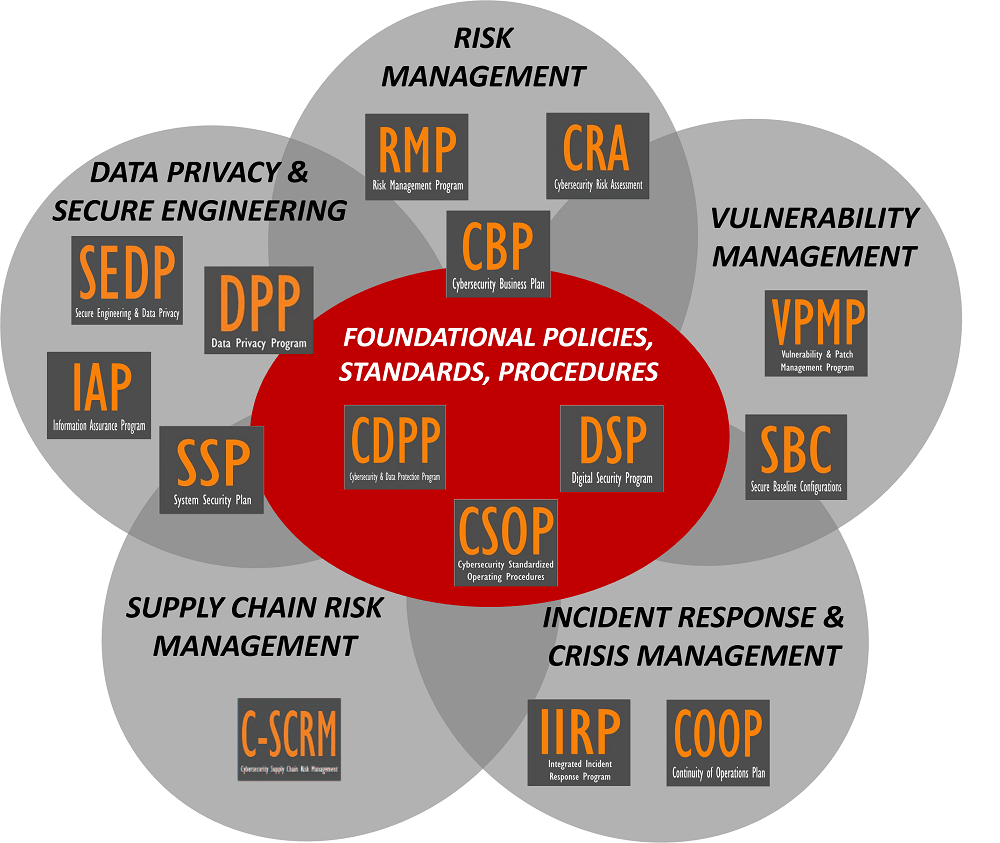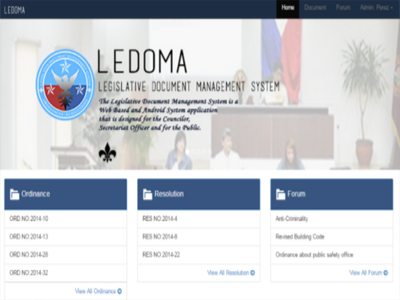
Navigating Cybersecurity Standards: A Comprehensive Guide
In an increasingly digital world, cybersecurity is a top priority for organizations and individuals alike. Understanding and adhering to cybersecurity standards is essential for safeguarding sensitive information and mitigating the risks of cyber threats.
The Importance of Cybersecurity Standards:
Cybersecurity standards serve as a framework for establishing best practices and guidelines to protect systems, networks, and data from cyber threats. These standards are essential for creating a baseline of security measures that organizations can implement to fortify their defenses against evolving cyber risks.
International Standards and Frameworks:
Several international organizations and bodies contribute to the development of cybersecurity standards. Notable examples include ISO/IEC, NIST, and the International Electrotechnical Commission (IEC). These standards provide a globally recognized foundation for implementing effective cybersecurity measures across different industries and sectors.
ISO/IEC 27001 for Information Security Management:
ISO/IEC 27001 is a widely adopted standard for information security management. It provides a systematic approach to identifying, managing, and reducing information security risks. Organizations that adhere to ISO/IEC 27001 demonstrate a commitment to implementing robust security controls to protect sensitive information.
NIST Cybersecurity Framework:
The National Institute of Standards and Technology (NIST) Cybersecurity Framework is a comprehensive guide for improving cybersecurity risk management. It outlines core functions, including Identify, Protect, Detect, Respond, and Recover, providing organizations with a structured approach to enhancing their cybersecurity posture.
Frameworks for Critical Infrastructure Protection:
Certain industries, such as critical infrastructure sectors, follow specific cybersecurity frameworks tailored to their unique needs. For example, the NIST Framework for Improving Critical Infrastructure Cybersecurity provides guidelines for protecting critical assets from cyber threats, ensuring the resilience of essential services.
Compliance with Regulatory Standards:
Many industries are subject to regulatory requirements that mandate adherence to specific cybersecurity standards. Healthcare, finance, and energy sectors often have industry-specific regulations that organizations must comply with to ensure the security and privacy of sensitive data.
Cybersecurity Standards for Cloud Security:
With the widespread adoption of cloud computing, cybersecurity standards for cloud security have become crucial. Standards such as the Cloud Security Alliance’s (CSA) Cloud Controls Matrix and the ISO/IEC 27017 provide guidelines for secure cloud implementation and management.
Open Web Application Security Project (OWASP) for Web Applications:
For organizations developing web applications, the OWASP provides a widely recognized set of cybersecurity standards and best practices. The OWASP Top Ten outlines common vulnerabilities and risks in web applications, guiding developers in building more secure software.
Continuous Monitoring and Adaptation:
Cyber threats are dynamic and constantly evolving. Cybersecurity standards emphasize the importance of continuous monitoring and adaptation to stay ahead of emerging threats. Organizations should regularly assess their cybersecurity measures and update their strategies to address evolving risks.
Building a Cybersecurity Culture:
While technical measures are crucial, fostering a cybersecurity culture within an organization is equally important. Cybersecurity standards often highlight the significance of employee awareness, training, and engagement to create a collective responsibility for security.
In conclusion, navigating cybersecurity standards is a multifaceted endeavor that requires a holistic approach. From international frameworks to industry-specific regulations, organizations must tailor their cybersecurity measures to align with the standards relevant to their operations. For a deeper dive into this critical aspect of digital security, visit Cybersecurity standards.



